China's high-speed railway network has led to a significant reduction in greenhouse gas emissions, a recent study has shown.
Published in the journal Nature Climate Change last month, the study was carried out by researchers from Singapore, Hong Kong and the Chinese mainland.
The research found that the high-speed railway connection has led to an annual reduction of nearly 11.2 million metric tons of carbon dioxide equivalent greenhouse gas emissions by replacing road traffic, equal to 1.33 percent of greenhouse gas emissions in China's transport sector.
Researchers explained that the mitigation came from more cargo being switched to greener regular-speed trains instead of roads. With the development of the high-speed railway network, passengers have more choices and opt for bullet trains, which opens up capacity on slower trains for freight shipments.
The research also found that the Beijing-Shanghai High-Speed Railway-one of China's busiest high-speed railway lines and which opened in 2011-led to the highest overall reduction of emissions of 2.39 million tons per year on average.
The study also found the current electricity-powered high-speed railway network in China produces more emissions than cars since electricity production in the country relies heavily on coal.
But researchers "suggest that in greener electricity conditions, the direct passenger flow substitution of high-speed rail can contribute positively to the reduction in GHG emissions".
"If supplied by an electricity grid dominated by clean power such as nuclear, hydro or wind, the high-speed railway in China can contribute substantially to the reduction in total GHG emissions from the transport sector, especially through the direct channel of replacing road passenger traffic," researchers said.
Researchers used data on the annual passenger and freight traffic on more than 4,000 road segments in the freeway and national road network from 2009 to 2016.
At the same time, China's high-speed railway network experienced rapid development. Since China's first high-speed railway-the Beijing-Tianjin Intercity Railway with the designed speed of 350 kilometers per hour-opened in 2008, the country has built a high-speed railway network stretching over 38,000 km, accounting for 69 percent of the high-speed railway network in the world.
Nearly 6.5 million passenger trips were handled per day by the high-speed railway network in 2019, while the number was 350,000 in 2008. Last year, 3.58 billion tons of cargo were transported via railway, 920 million tons more than in 2016.
"The substitution between high-speed rail and road traffic should have environmental implications on carbon emissions, since the emission factors of high-speed rail and road vehicles are different," the study's corresponding author Qin Yu, an associate professor from the Business School at the National University of Singapore, wrote in an email explaining the reason to study the subject.
Born and raised in a family with a railway engineer father in Beijing, Qin developed strong ties with railways and trains at a young age. Having witnessed the fascinating development of China's high-speed rail network while pursuing master's and doctoral degrees in the United States, she started studying the economic impact of high-speed rail in China.
The latest paper is her third project on high-speed railways.
China is determined to reach carbon neutrality before 2060 and the transport sector will play an important role in helping to reach that goal.
Data from the United Nations showed that transportation is one of the single largest contributors to air pollution and carbon emissions globally, while also accounting for about 64 percent of total oil consumption and 27 percent of all energy use.
Qin said it is a great opportunity to further decarbonize the railway sector in line with China's strategy to adopt more renewable energy resources because electricity will become much greener with the carbon neutrality agenda.
"If China could achieve a greener electricity structure such as France, Canada or Denmark, the GHG emission reduction by high-speed rail could even double," she wrote in the email.
Lu Dongfu, head of China State Railway Group, said in an interview in March that nearly 75 percent of the country's railways are powered by electricity. The railway network's fuel consumption has dropped to 2.31 million tons a year, down from 5.83 million tons in 1985.
China Railway Design, a top railway design company, has carried out technology innovation and integration in high-speed railway, infrastructure construction and new energy.
Solar power generation systems have been established at the Xiong'an and Beijing Fengtai train stations to support their operations, reduce costs and mitigate carbon dioxide emissions.










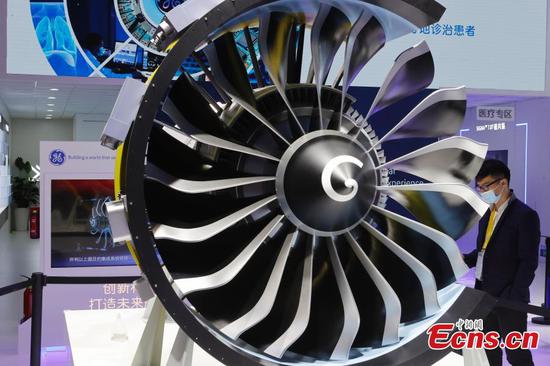
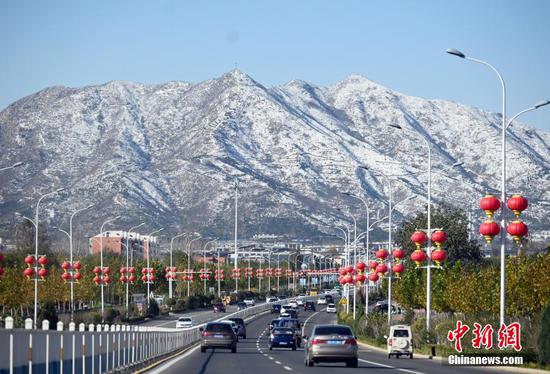

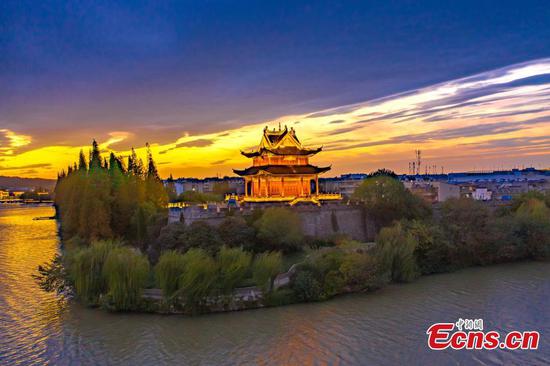

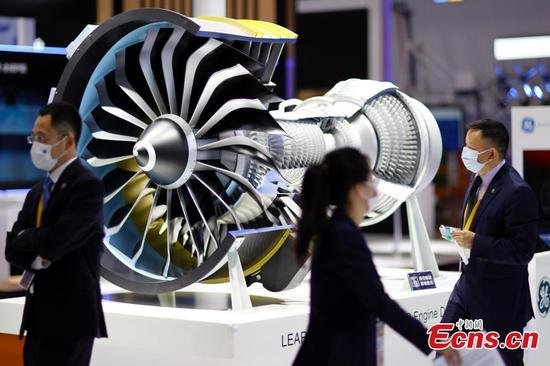


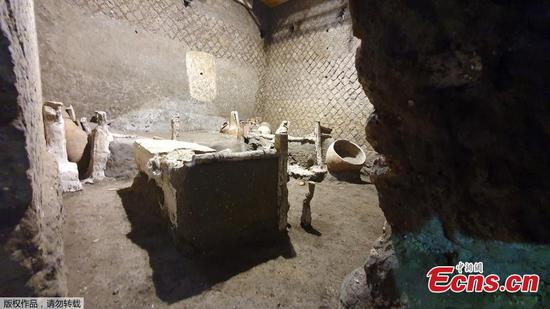


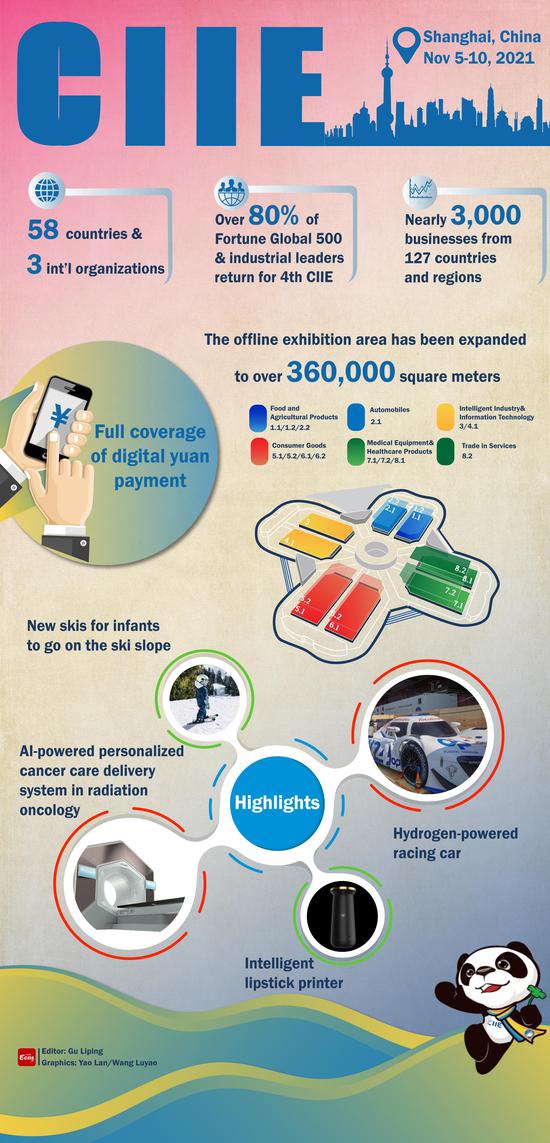
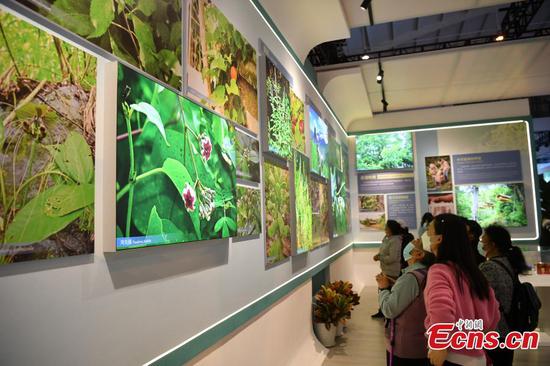
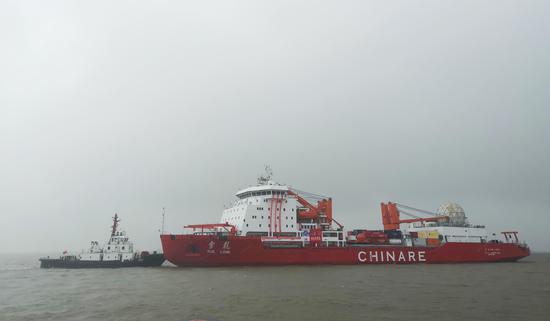

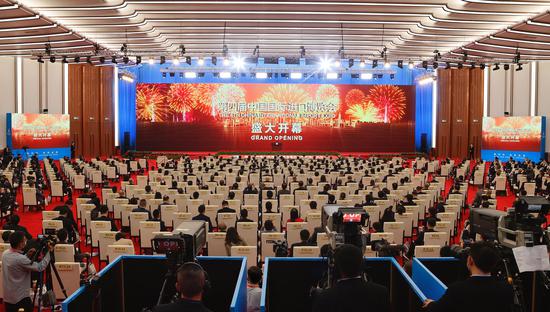


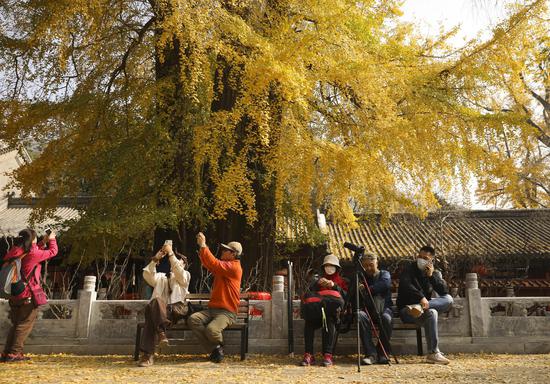







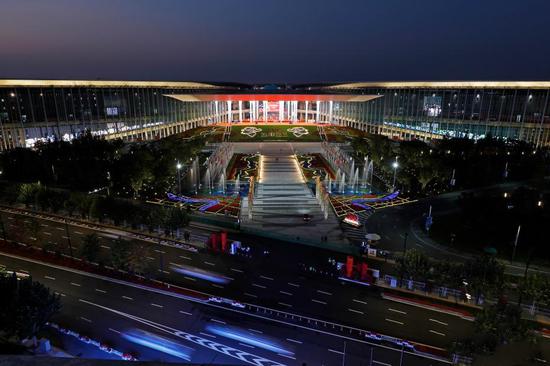




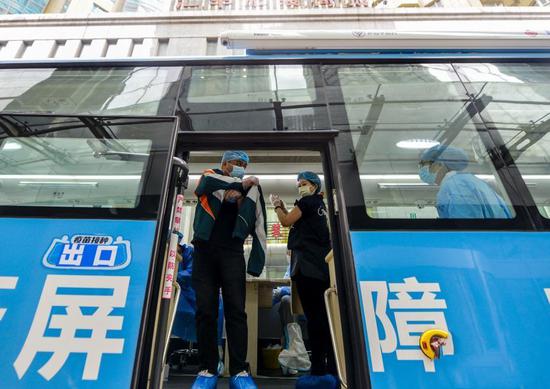

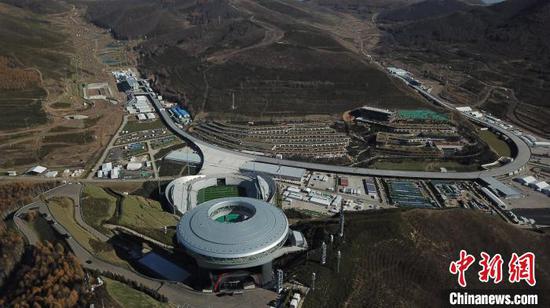






 京公網(wǎng)安備 11010202009201號
京公網(wǎng)安備 11010202009201號